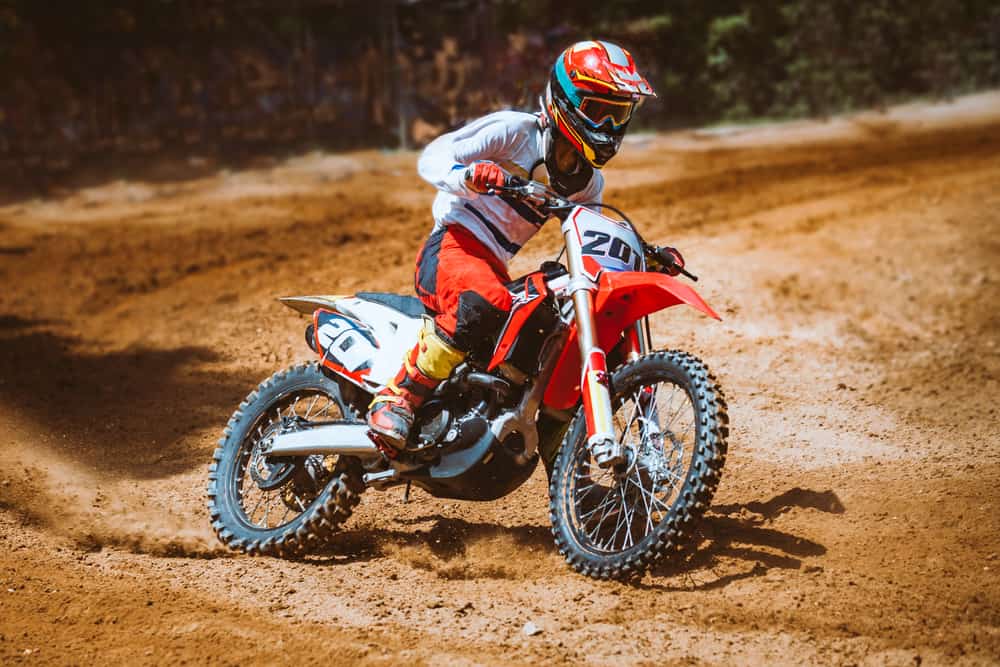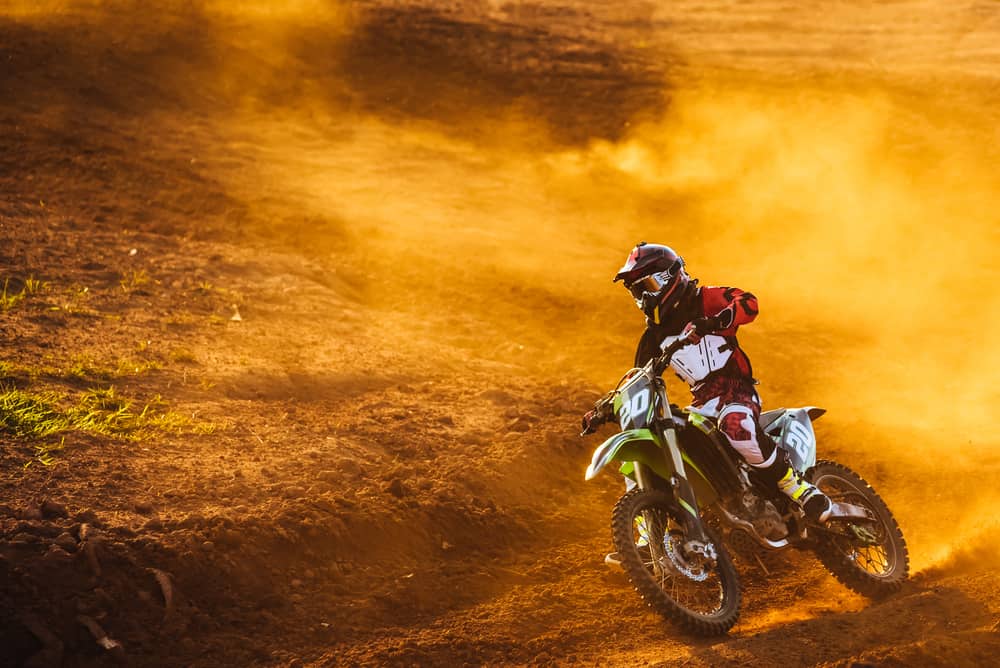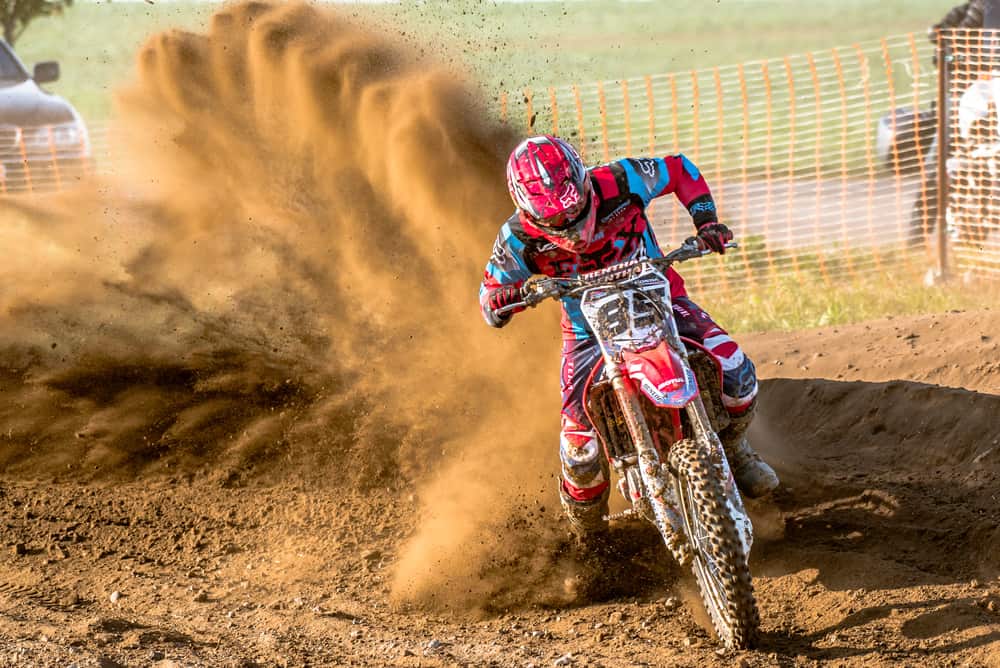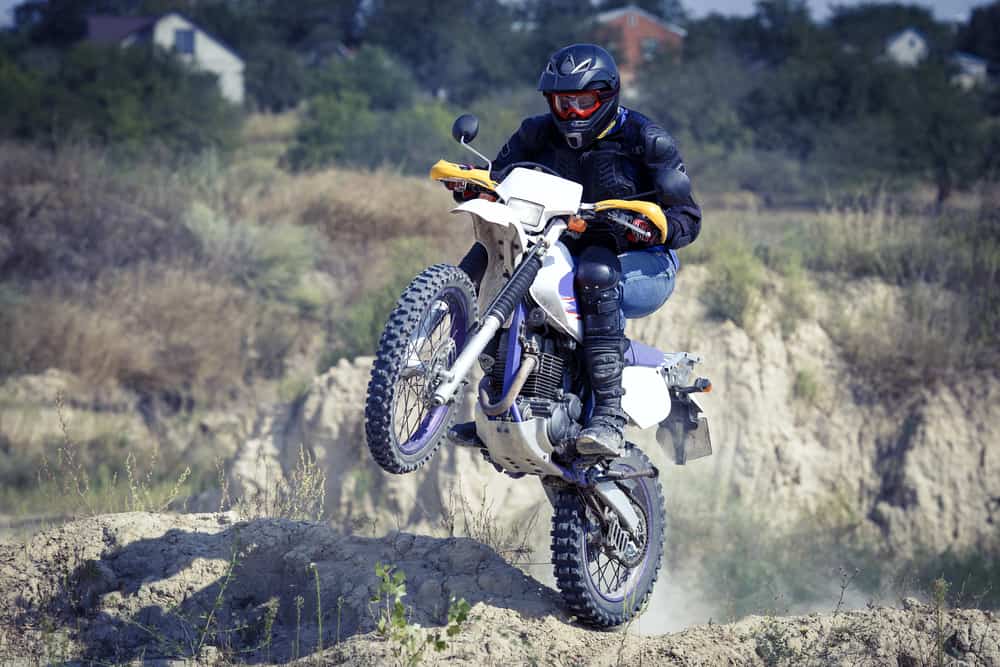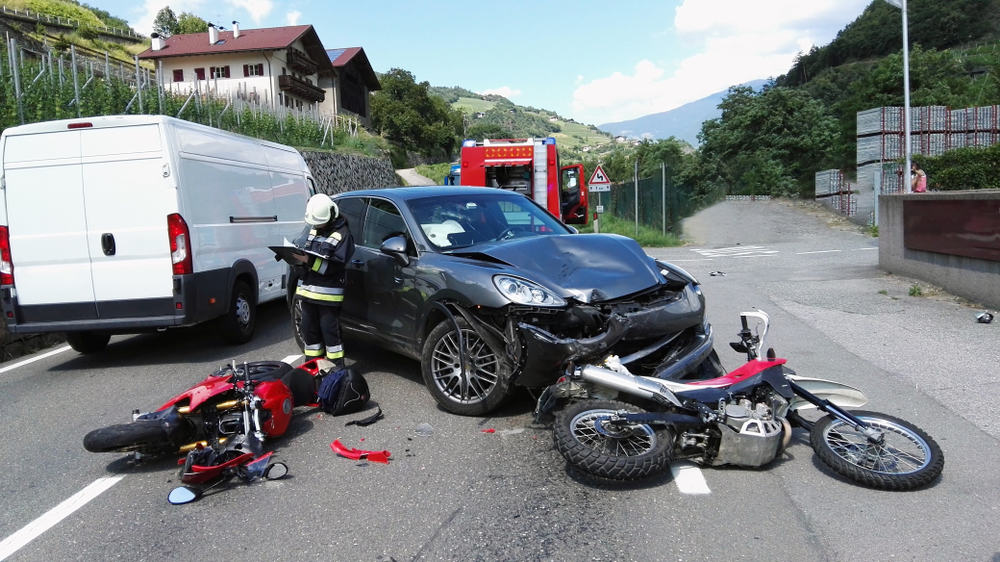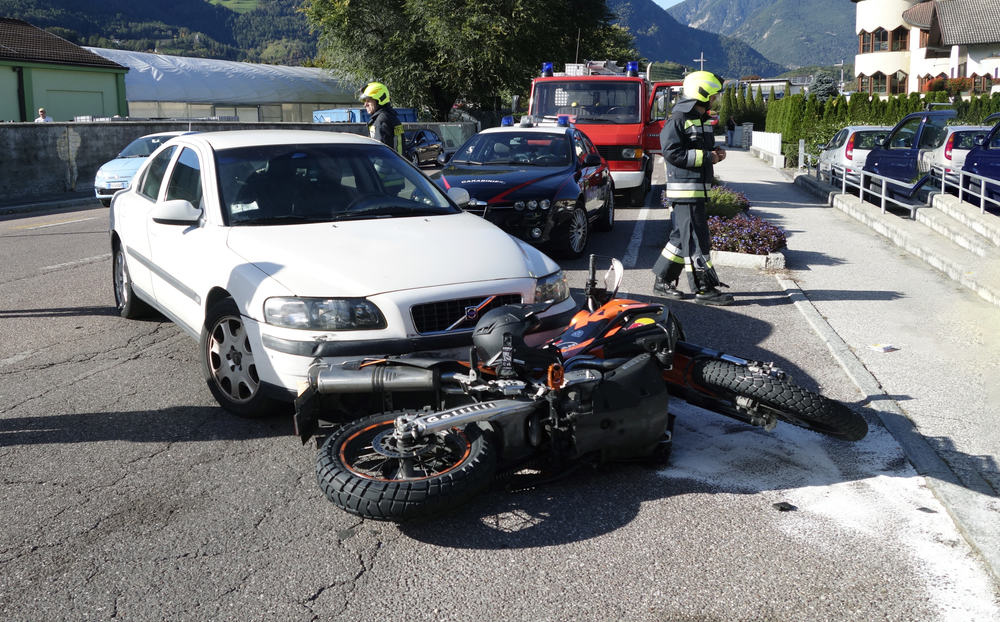Your teenager might be pretty well keen on getting the most out of their 125cc dirt bike including its top-end maximum speed.
It can vary between models, but generally speaking, a 125cc dirt bike travels between 57 and 65 miles per hour depending on rider weight, the terrain ridden and the sprocket fitted. Most riders don’t get up to these fast speeds often as these motorcycles are typically used on motocross tracks and local forest trails by younger riders.

Yes – we’re talking highway speeds here. While they can go fast, it’s not the only characteristic you should be thinking of.
125cc Dirt Bikes Top Speed
There is several factors that will influence just how fast you can get a 125cc dirt bike to go.
These include:
- The engine manufacturer. Generally speaking, KTM’s are going to have the best chance at hitting their claimed top speeds.
- Body aerodynamics. Both the riding stance of the rider as well as any fairings will help you pierce thorugh the wind and have an exhilirating ride.
- The terrain. If you’re riding on an unused airstrip, then that’s very different than say riding on a rocky outcrop area or even on an MX track.
- Current conditions. Riding downhill or with a tailwind will dramatically increase your top end performance and thus the smile on your face.
Your weight also has an impact. There could be a 20kg difference between yourself and another rider and the heavier riders just won’t be able to win at a drag race, but will certainly fare better in the event of an accident.
Safety at Speed
You’re likely a parent that is worried about your son or daughter traveling at such high speeds on their dirt bike. Understandably so, because crashing their 125cc dirt bike probably won’t end well.
Keep in mind that in most cases, they won’t be reaching anywhere near these fast speeds. Most would be focused on maximizing lap times and improving their cornering and hill cimbing abilities at this stage.
That said, you should invest in some high quality protection gear so they can be protected in the event of a crash. You might also want to educate them on the need to remain in the lower gears as well as how to manage their throttle response. 125cc dirt bikes can accelerate pretty quickly and for the complete beginner, they might forget how to bring the motorcycle to a comfortable cruise speed.
In addition, there are dirt bike schools that better help riders develop their skills in the shortest time possible. They regularly welcome teenagers who are keen to develop into professional MX riders, or just anyone in this age group that wants to become more safer and confident riders. Indeed the parents become more confident too knowing their kids are riding more safely and within their comfort zones.
Going forward
While a 125cc dirt bike can reach highway speeds in less than 10 seconds, it’s not something that they’ll be doing often unless they live in open country. Kids at this age aren’t crazy enduro riders and are instead still learning the controls and how to handle their dirt bike effectively.
There are plenty of YouTube channels that help teenagers develop their skills and become safer riders. Check them out and stay safe out there on the trails!

